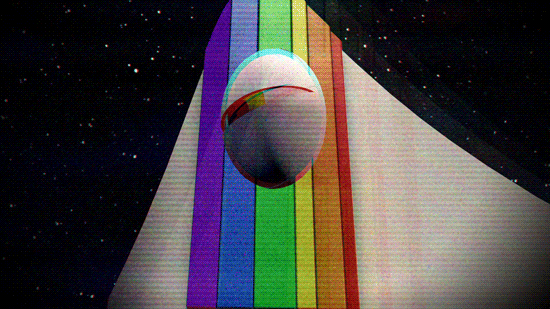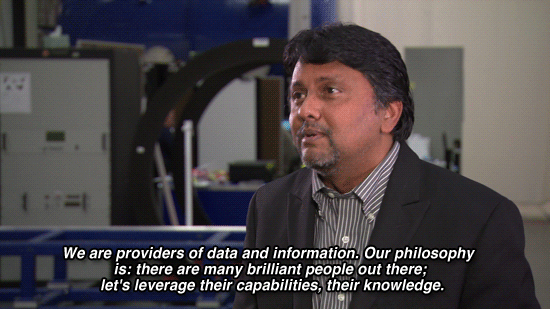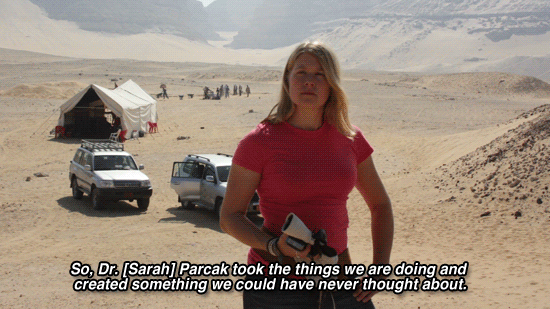Need to Know: The satellite that sees what humans cannot
In this week's "TechKnow," contributor Phil Torres got an up-close look at the WorldView-3, a commercial satellite developed by DigitalGlobe and built by Ball Aerospace. The WorldView-3 is, according to Digital Globe's website, the first "multi-payload, super-spectral, high-resolution commercial satellite."

"The WorldView-3 is going to be a game changer," says Dr. Sarah Parcak, a space archaeologist who uses satellites like the WorldView-3 to collect information about dig sites. "It will allow archaeologists and scientists to see into the middle infrared. That's different, because it's going to allow us to see what currently are completely invisible signatures from geological samples that are on the ground or buried in the ground."
The "middle infrared," as Dr. Parcak explains it, is what sets the WorldView-3 apart from other commercial imaging satellites. In addition to the visible light spectrum, the satellite will also be able to read what DigitalGlobe refers to as "invisible light," parts of the near-infrared and short-wave infrared spectrums not visible to the human eye.

Short-wave infrared spectrum imaging can provide valuable information about agricultural and geological factors in areas that scientists and researchers currently cannot detect from traditional images. From 380 miles about the ground, the WorldView-3 will be able to see through dust, fog, smoke, and haze, even increasing visibility below the earth's surface. This information will be incredibly valuable to researchers like Dr. Parcak.


DigitalGlobe hopes to launch the WorldView-3 in summer of 2014. To learn more about the satellite, watch "TechKnow," Sunday 7:30ET/4:30PT.
Error
Sorry, your comment was not saved due to a technical problem. Please try again later or using a different browser.